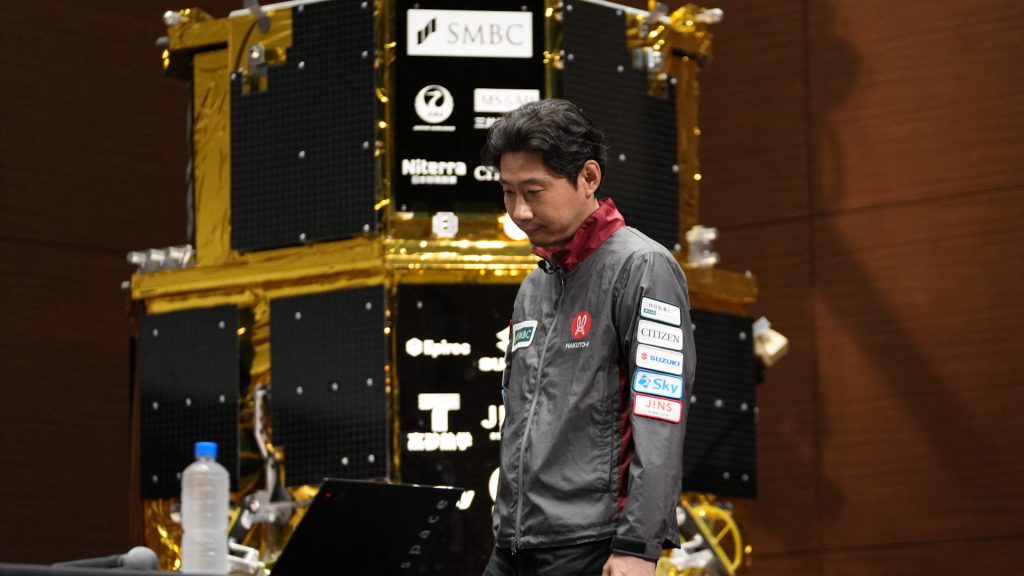Japanese firm ispace reports another failed moon landing

Japanese space startup ispace has suffered its second failed attempt at a lunar landing in two years. The company lost contact with its Resilience lunar lander during a descent attempt on Thursday, June 5, and officials now believe the spacecraft crash-landed near the moon’s north pole.
The mission aimed to land on the Mare Frigoris region. ispace engineers at the company headquarters in Tokyo confirmed they were unable to re-establish communication with the lander after it stopped transmitting data roughly two minutes before the scheduled touchdown.
According to ispace, the failure may have stemmed from a delayed signal from the lander’s laser altimeter, which likely caused the vehicle to misjudge its altitude and descend too fast. The company said the descent sequence proceeded normally until the final phase.
What was Resilience carrying to the moon?
The Resilience lander carried a small four-wheeled rover built by ispace’s Luxembourg-based subsidiary, along with five scientific payloads from Japanese firms and a Taiwanese university. The cargo, valued at $16 million, included experiments in food production, radiation detection and water electrolysis – technologies aimed at supporting long-term human presence on the moon.
Although NASA did not run the mission, the lander carried two $5,000 lunar soil sample contracts with the U.S. space agency. The samples were not intended to be returned to Earth, but to remain on the moon as part of a symbolic transaction aimed at strengthening the legal framework for private ownership of space resources.
ispace’s lunar record so far
This marks ispace’s second lunar crash. In 2023, the company’s first lander malfunctioned after failing to update its navigation software when changing landing sites. That spacecraft crashed into Atlas Crater at over 200 mph.
Despite the setback, ispace continues planning future missions. Its U.S. subsidiary is building a larger lander for a 2027 NASA-led mission under the Commercial Lunar Payload Services program.
Unbiased. Straight Facts.TM
Despite a 29% decline in stock prices after the crash, ispace plans to conduct seven more missions through 2029 and continues to receive financial backing from several corporate partners.

What does this mean for Japan’s space ambitions?
While Resilience represents a commercial disappointment, it’s not expected to derail Japan’s overall lunar ambitions. Japan’s national space agency, JAXA, successfully landed its SLIM spacecraft on the moon in 2024, making Japan the fifth country to achieve a soft lunar landing.
Following the latest failure, ispace stock fell by 29%, but the company says it remains financially stable with continued investor backing. CEO Takeshi Hakamada reiterated the company’s plans to conduct seven more missions by 2029 and emphasized continued cooperation with NASA despite U.S. budget constraints.





